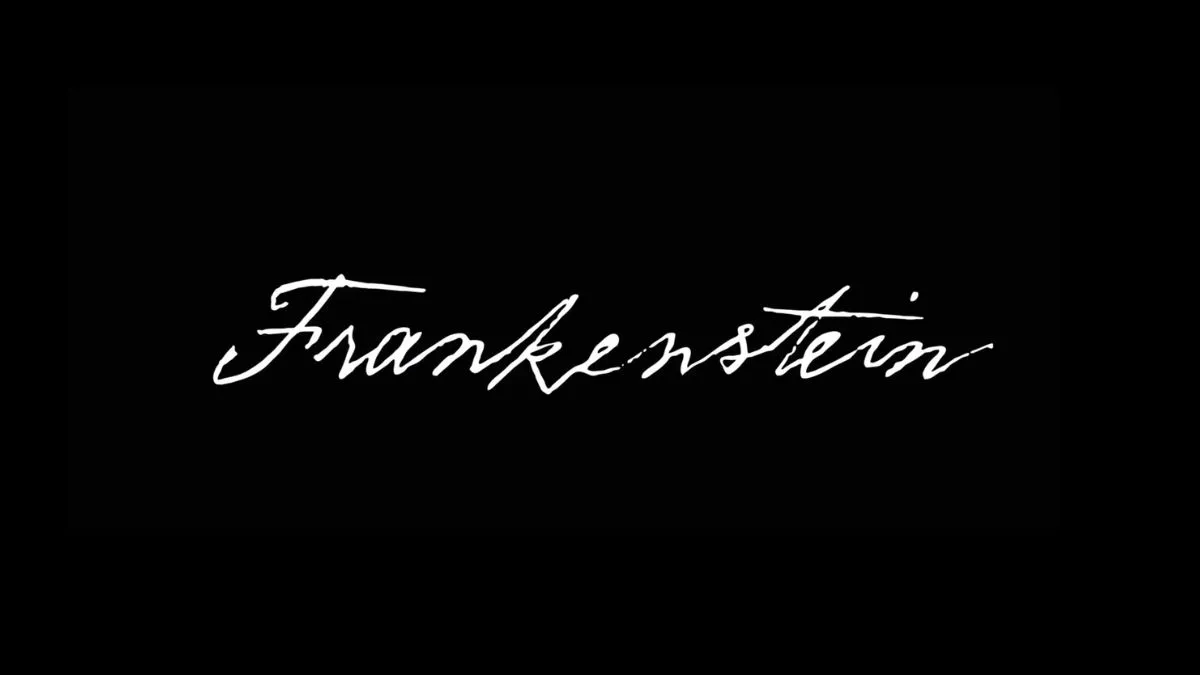When it comes to novel adaptations, striking the right chord is a rarity. Yet, when a film truly captures the essence of its literary source, it can be deemed “Absolute Cinema.” The upcoming 2025 adaptation of Mary Shelley’s classic, Frankenstein, directed by Guillermo del Toro, promises to redefine our understanding of the iconic monster. It offers a unique opportunity for future generations to appreciate the complexity of a character who has often been misunderstood. Here’s what makes this new adaptation truly special, and how it plans to address past shortcomings.
This isn’t just another retelling; this could be the cinematic milestone that returns dignity to the creature originally created by Shelley. The film addresses the longstanding misconceptions that have plagued the portrayal of Frankenstein’s monster throughout history.
What Is the Misunderstanding of Frankenstein’s Monster?
Frankenstein’s monster first emerged from the pages of Mary Shelley’s 1818 novel, yet modern adaptations often depict him merely as a mindless brute. This misconception can be traced back to the 1931 Universal Studios film, which set a precedent for portraying the creature as unintelligent and violent. The success of this film cemented a misrepresentation that has echoed in later adaptations, reducing a richly complex character to mere caricature.
Netflix’s Frankenstein 2025 Pays Homage to Shelley’s Vision
In her original narrative, Frankenstein’s monster is a learned being, who, after his creation, seeks to understand the world through literature. He delves into classics, with Paradise Lost as his favorite, illustrating his search for identity and meaning. This depth and complexity have largely been overshadowed in popular culture, where the monster is often remembered only for his acts of violence.
Frankenstein 2025 is set to reclaim this narrative. For the first time in cinematic history, the film will shine a light on the philosophical and curious aspects of the creature, presenting him as a tragic figure. He is an outcast who, despite his capabilities, is cast aside by a world that shuns his differences. This nuanced depiction aligns more closely with Shelley’s original intention, providing audiences with a complete understanding of who Frankenstein’s monster truly was.
As we look forward to this adaptation, it poses a critical question: How will this retelling impact contemporary perceptions of difference and acceptance? By exploring these themes, the film could resonate deeply with current social issues, offering both entertainment and meaningful commentary.
Why has the portrayal of Frankenstein’s monster been so distorted over the years? The initial interpretation set by early films was so popular that it overshadowed Shelley’s complex depiction. This has led to generations perceiving the creature mainly as a one-dimensional villain rather than a tragic figure shaped by isolation and rejection.
How is the 2025 adaptation different from previous versions? Unlike earlier films, which emphasized brute strength, Frankenstein 2025 will dive into his inner thoughts and motivations, focusing on the intellectual and emotional aspects that define him as a character.
What should viewers expect from the upcoming film? Fans can anticipate a more nuanced story that honors Mary Shelley’s original intent, giving depth to the character in ways that previous adaptations failed to do.
In conclusion, the anticipation surrounding Guillermo del Toro’s Frankenstein in 2025 is grounded in its promise to honor the complexities of a character that has long been misrepresented. It calls upon viewers to engage not only with the visual spectacle but to reflect on deeper themes of humanity, acceptance, and the consequences of isolation. For more insights and related content, explore Moyens I/O.
